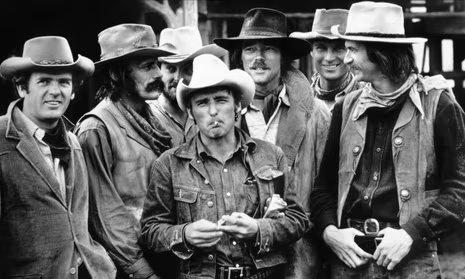svetlograd.org – Dennis Hopper’s The Last Movie (1971) is a cinematic enigma, a film that defies categorization and continues to intrigue and perplex audiences. This experimental, boundary-pushing work is a product of the New Hollywood era, a time of artistic freedom and experimentation.
A Metafictional Exploration
The film follows Kansas, a disillusioned stuntman played by Hopper himself, who retreats to a remote Peruvian village after a failed film shoot. As he becomes entangled in the lives of the local people, the lines between reality and fiction begin to blur. The film delves into themes of identity, culture, and the nature of cinema itself, offering a metafictional exploration of the filmmaking process.
A Controversial Legacy
Upon its release, The Last Movie was met with both critical acclaim and harsh criticism. Some praised its innovative approach and its bold experimentation with narrative structure and cinematic language. Others condemned it as self-indulgent and incoherent. The film’s unconventional style and its ambiguous ending have contributed to its controversial legacy.
A Cult Following
Despite its initial reception, The Last Movie has developed a cult following over the years. Its enigmatic nature and its exploration of complex themes have resonated with audiences who appreciate its artistic ambition. The film’s influence can be seen in the work of later filmmakers, particularly those who challenge traditional narrative structures and explore the boundaries of cinematic expression.
A Challenging and Rewarding Experience
The Last Movie is a challenging and rewarding cinematic experience. Its unconventional approach and its enigmatic nature may frustrate some viewers, but for those who are willing to engage with its complexities, it offers a unique and thought-provoking journey. It is a film that demands multiple viewings and invites interpretation.
